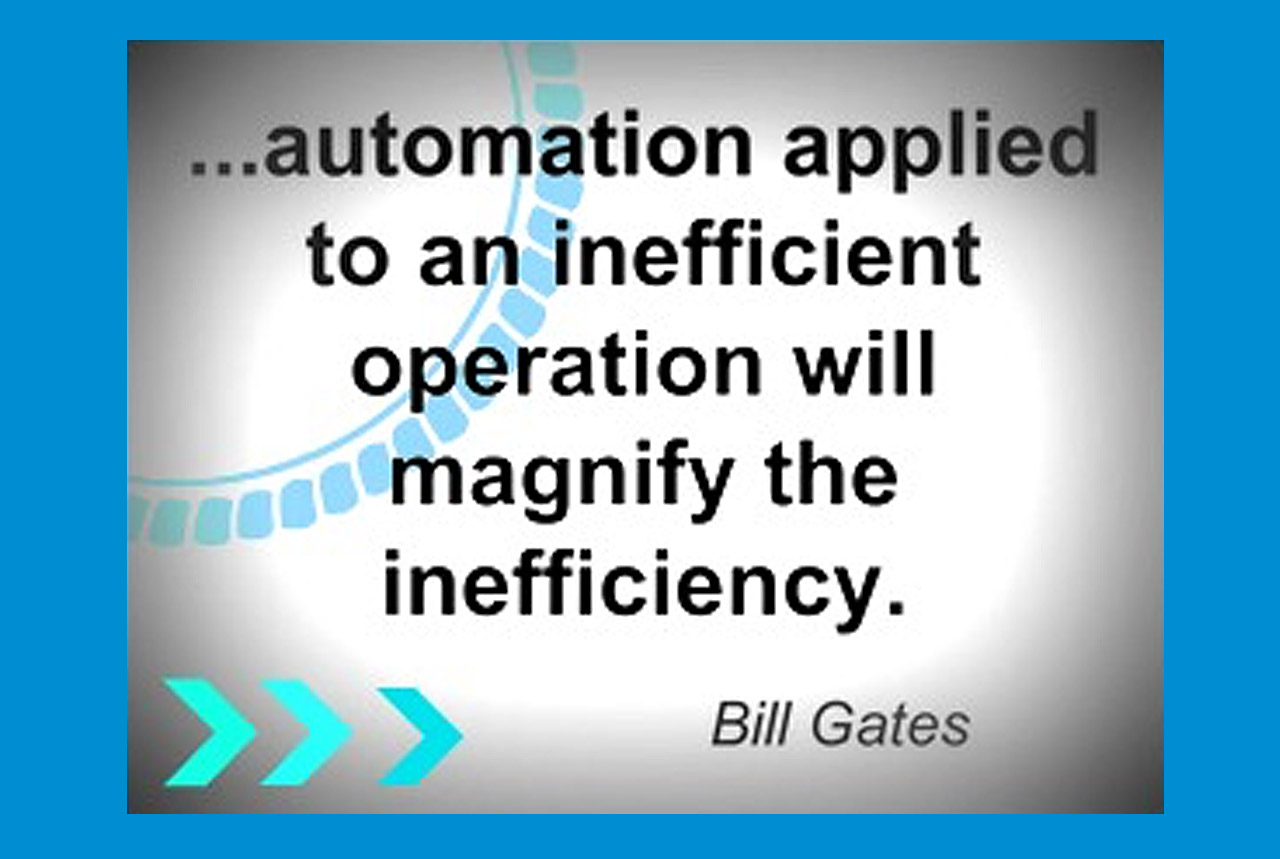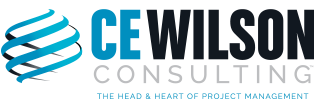Project management is more than just a beneficial skill; it’s a core competency that benefits…

Looking For Inefficiencies in Your Business
Complacency and progress cannot coexist. If you are not continuously improving inefficiencies in your business, complacency and stagnation have set in. When this happens, loss of competitiveness and lower profits will soon follow. Let’s face it, the idea of investing time and other resources in identifying inefficient processes, when there is no apparent crisis, may seem like a waste of time. After all, there are always bigger fish to fry, right? Wrong.
There is no bigger fish than maintaining your competitive edge and keeping your customers happier than your competitors can.
So, here’s a tip: At the first sign of complaints from customers or staff about how long it takes to accomplish the simplest task, take action quickly to understand why your process has failed. Remember, small problems never go away; they just keep growing.
The following 9 strategies can help you uncover inefficiencies in your business:
- Benchmark policies and procedures across your organization and with your competitors to learn what practices are working. What works for company “A” may not necessarily work in your organization. You may need to tailor a policy or procedure to fit your business environment.
- Make a commitment to annually review key processes. This commitment requires no less than full, sustained support from top leadership in your company. Something as simple as holding brainstorming sessions with front line staff can be extremely effective in uncovering inefficiencies.
- Here’s an idea – Test one or more of your own company’s processes yourself. Try ordering something online or registering for an event. You will have first hand knowledge of what your customer’s deal with every day.
- Examine your management structure. Ask key questions like “How many levels of approvals are required to get things done?” or “Is our structure too centralized to be effective in our global market?”
- Replace or update old technology. Newer technology is almost always more efficient when well implemented and configured to your business.
- Fully utilize all the features of your existing technology. You may not need to upgrade or replace something to realize better efficiency. It’s always disappointing when a company invests so much time and money implementing a technology tool, but fails to realize the full benefits because it’s just too much work.
- Reward ideas and innovation that improves technology. Make it a formal program and solicit ideas and suggestions.
- Carefully and thoroughly examine broken processes. Depending on the size and complexity of your processes, this type of analysis, done well, may require the expertise of a professional project management service. To start, document your process and then use process maps to help determine the source of the problem.
- In some cases, larger, more complex organizations utilize systematic, rigorous and highly specialized techniques such as Six Sigma, Kaizen or Lean Manufacturing to identify and determine the right solution to an inefficiency.
Do you have a preferred method for finding inefficiencies in your business that’s not on our list? If so, leave a comment to share them.
Read more about Process Design:
Designing a Process Before Implementing a Tool
Engage Your Workforce In Designing A Process Solution
Chrystal Richardson is Managing Partner of CE Wilson Consulting, a project management and business efficiency consulting firm that has managed projects for technology, mining, medical and manufacturing clients since 2001.




